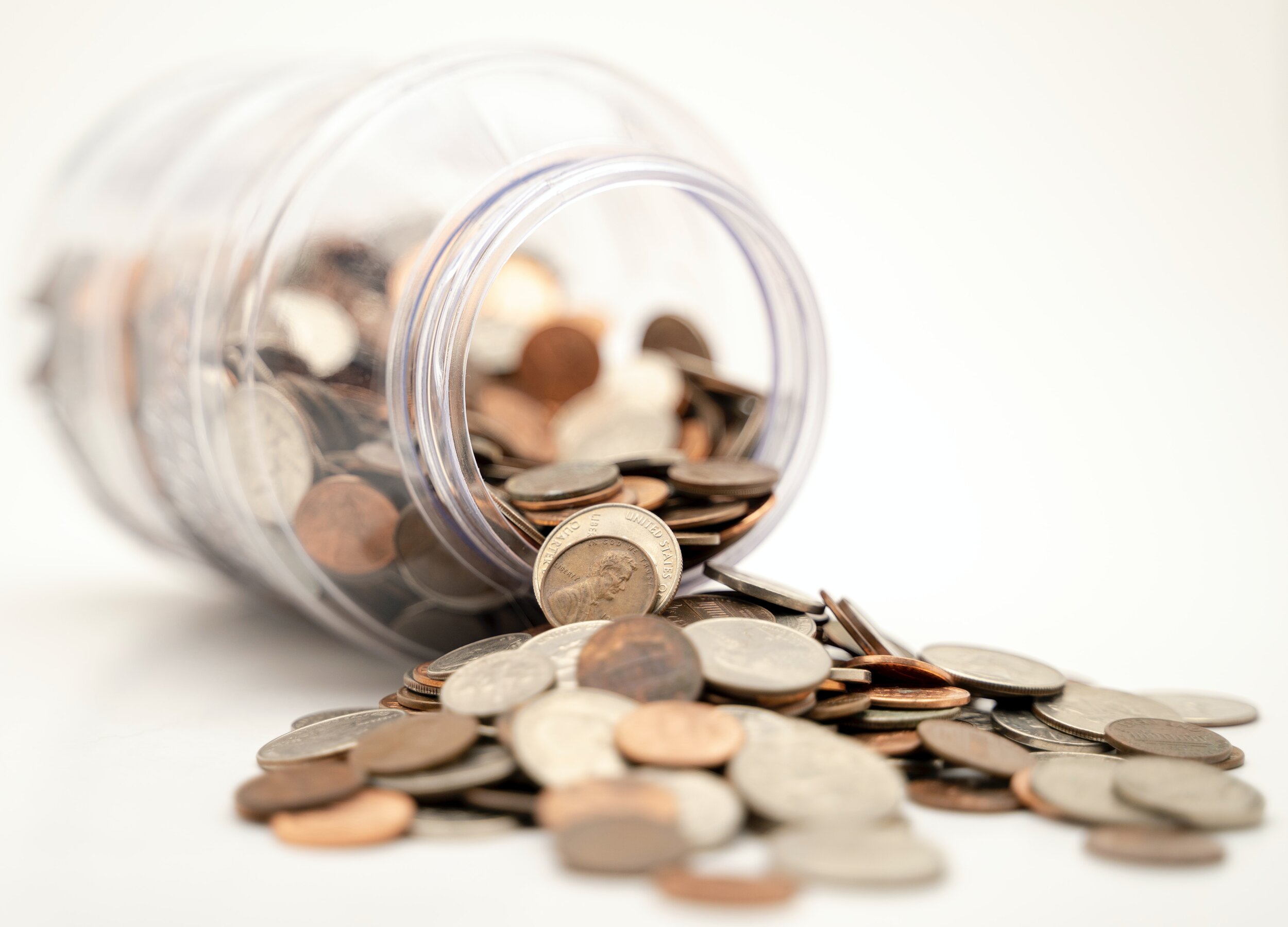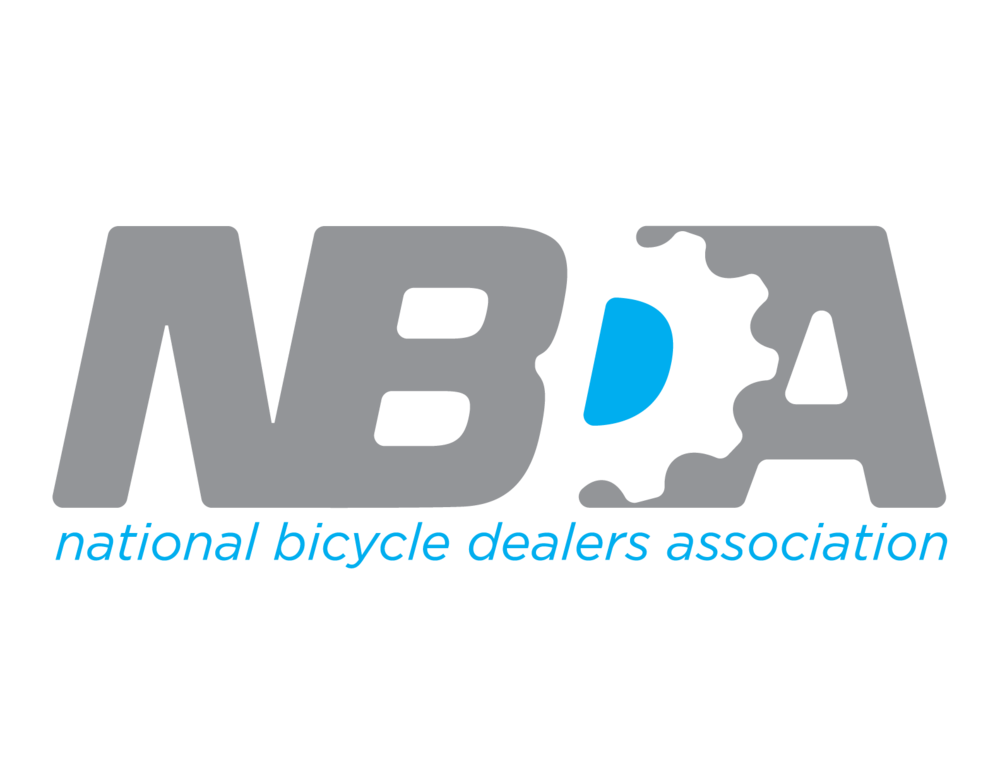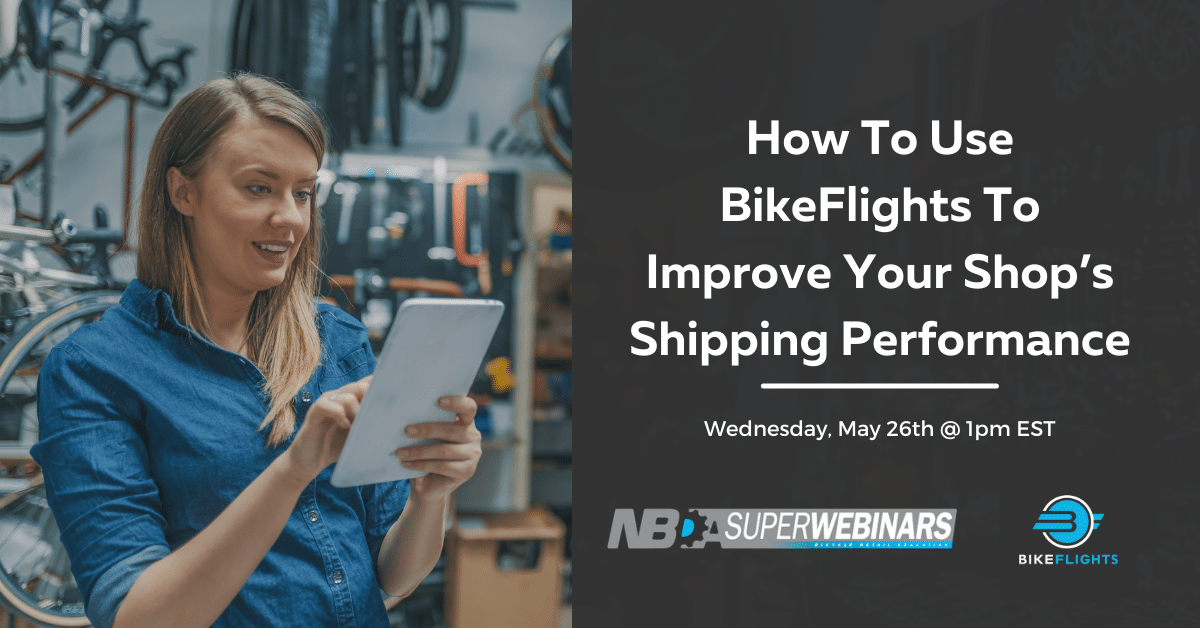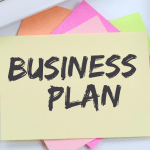How To Start A Bike Shop
How to start a bike shop: follow these 11 steps if you want to be sure that you have a solid foundation for your business from day one.
1. Know Your Market
When considering how to start a bike shop, having a solid understanding of your marketplace and its potential and limitations will go a long way towards success. You want to play in your area’s strengths. Having great Rail-to-Trails or world-class mountain biking, for example, will go a long way towards getting things right in your inventory selections, store model, and what will work in your area. Ideally, you will have some type of riding that is good near you, as bike paths, mountain bike trails, or scenic low traffic roads all will be of help – all three? You’re in luck!
2. Securing Funding & Writing a Business Plan 
Obtaining a primary source of funding is a critical part of how to start a bike shop successfully and get your bike store off the ground. If you have personal resources, good for you, but you will still need a good plan and you will want to put a limit on what you’re willing to inject.
If you need to obtain a bank loan, you will need to write a detailed business plan with at least three years of projections amongst a host of other information you can find on the SBA’s website.
Do not become complacent if you do not need a loan; consider going through the process to make sure your plan is sound first. You will need enough cash to secure an initial inventory buy, lease payments, store buildout, insurance, workshop buildout, and a variety of other expenses that will add up quickly.
Going through the process of getting a loan and securing a line of credit will do two important things.
- First, you will be vetted by a financial institution and have some very seasoned eyes looking at your projections. This effort will help you understand more about what is required from a business knowledge standpoint and get you accustomed to reading financials.
- Second, having some funding is always helpful, and having a line of credit can go a long way towards smoothing out bumps in the road. It is also imperative to develop a relationship with your bank. In times of crisis such as the COVID-19 pandemic, retailers with easy access to their bankers and associations already built seemed to fare better navigating the stimulus-money waters. It is never a bad thing to have a banker in your corner should you need one. One of the primary sources of credit bike shops use daily is through their vendors. Most bicycle brands will establish a line of credit for you to buy a product and pay for it later. You have to be very careful with this line of credit as it is easy to get in over your head quickly, especially with long-term dating that can sometimes be ten or more months down the road. Buying large quantities of inventory on credit terms that you initially feel you will have no problem selling can be a big surprise come Spring. Being in “credit jail” and unable to buy due to poor planning is a widespread scenario in the bike business.
3. Building a Team of Experts
- Bank – Choose your bank wisely. Make sure they are good at working with small businesses and have the experience to guide you. Get some referrals from other small businesses and ask around. The difference when you need help fast is critical.
- Accountant – Perhaps there is no other person on your team that can be of more help or hindrance than your accountant. Again, shop around and find the right fit. Many retailers look to their accountants like they would their doctors and never second guess the information. Ask lots of questions and set expectations. If you use QuickBooks, I would suggest you have a QB Pro Advisor you can utilize. They can help you with day to day accounting and bookkeeping questions to keep you on track.
- Bookkeeper – Many shops have a bookkeeper. I would suggest that the person is doing your books to be a very trusted person. The best description of that person is you! If you have your QuickBooks set up well, you can get advice and help quickly from an advisor. The average shop owner can probably do the books in as little as 10 hours a week, maybe even less. I know that sounds impossible, but the knowledge one gains by doing the bookkeeping in a timely and accurate manner cannot be overstated. No one cares as much as you, and the information is not as relevant to anyone but you.
- Attorney – Having an attorney that you can use when needed is essential. Don’t be scared by the expense as you will hopefully be using them very little. An attorney that specializes in business and has experience in mergers and acquisitions is critical. Never sign a lease without an attorney’s review.
- Insurance Agency – Another critical piece of the puzzle. A great insurance agent is a treasured member of your team. Having an agent who understands the exceptional circumstances and nuances of the bike industry is crucial, and the NBDA has long recommended Scott Chapin from the Marsh and McLennan agency. Scott Chapin writes, “In a nutshell, we created a bike shop insurance program 12 years ago as virtually every insurance carrier excluded many of the common exposures that retailers have. These include Shop Sponsored Ride Liability, Bike Rental Liability, Voluntary Property Departure. Our coverages continue to evolve as the bicycle industry changes, whether it is covering e-bike sales/service, mobile repair, demo days, and beer/wine/food sales.” As you can see, they have thought of things the average insurance agent may not be familiar with in your business.
- Business mentor(s) – This is an overlooked aspect of running a small business. Join the local Chamber of Commerce or some other local small business group. Get to know the owners of other bike shops, as many as you can. Join the NBDA’s Profitability Project to gain insights into what other successful owners are doing. The bottom line is building a network of folks you can bounce things off and whose opinions you can trust.
 4. Finding a Location
4. Finding a Location
When considering how to start a bike shop, finding a location will be one of the hardest of your initial decisions. It takes into consideration your projected sales from your business plan projections and market analysis.
- You want the store to be big enough to handle your projected sales, while not becoming a burden by overshooting those projections. Use guidelines such as how many dollars per square foot, you need to sell to have your rent or mortgage fit within the key performance indicators for occupancy expenses.
- You also want to be in a great location if you can while simultaneously being affordable. (You can see where there are a lot of moving targets in location considerations!)
- You must also be flexible with the expectations of your store’s size, particularly in areas with high rental rates. You may need to be smaller than the ideal retail location and utilize off-site storage to keep your lease rate within the parameters you identified while writing your business plan.
5. What Products Will You be Selling?
Your leading bike brand(s) will determine much about your business. Choose them very wisely.
- While some of the biggest brands have excellent visibility and consumer pull, they also have more significant requirements for inventory purchases. They may not afford the best margins should you be in a low-buying tier.
- Small to midsize brands can be a great way to get started with lower demands and higher margins.
- You also want to carefully examine the market saturation or lack of the products you choose. Some brands are cautious with distribution, and others are looser.
- You don’t want to be selling the same things as others if there’s a chance of price wars.
- Your chosen products must also fit with your market’s needs. Choosing popular high-end mountain bike brands for your store near a bike path will not work well.
- There are also regionally strong brands that you should look investigate.
- Last, for any brand you are looking at, you should contact other dealers out of the area to discuss availability issues, warranty handling, etc., so there are no unpleasant surprises.
6. Hiring Employees
Hiring employees is a tricky balance. While having reliable and skilled mechanics is critical, other staff may be more comfortable to train the way you would like. There’s an old saying about hiring for enthusiasm, and that most people are trainable. An inexperienced person with an interest in cycling and energy and a natural ability to interact may be cheaper to hire due to a lack of experience and maybe a better employee.
Payroll will be your single most significant expense, so spend those dollars wisely. When you first start, you may be putting in all the hours yourself as you build your business, so be prepared for some very long hours.
“Always treat the business you are building as an asset.”
7. Understanding Your Skills and Abilities
When you think about how to start a bike shop, you must play to your strengths as much as possible. Try to understand all aspects of your business, especially the financial side of things, and take note of the skills you excel in and the ones in which you might need help. Hire the right people to help you succeed in areas you may have the most weaknesses.
8. Get a Good Point of Sale System and Use It to Its Fullest
The need for a good point of sale system cannot be overstated. The data you accurately and consistently collect and input will be based on how you run the business in the future and your ability to contact and connect with your customers.
The ability to extract the information you need to make decisions is what separates the excellent bike shops from the best. Having information at your fingertips also allows you to check your emotions when buying products and determining how much to carry while analyzing which items and categories are giving you your best financial returns.
9. Building a Website, Customer Database, and Social Media Presence
Web presence is critical in how to start a bike shop and succeed.
- Your website should, if at all possible, be able to sync with your actual inventory and display only what you have in stock to shoppers. Having the ability to purchase items on your site is essential, and customers expect the convenience.
- Online repair scheduling is another quickly growing technology that consumers will expect as time goes on.
- Social media should be thoughtfully and regularly worked through.
- Your customer database and continuously building and maintaining it should be one of your most imperative objectives. The ability to reach your customers via email and text is of immense value, and will also become one of the drivers of your business’s value over time. When or if you should decide to sell your business, having a robust customer list is of great importance.
10. Customer Acquisition and Retention
There are many ways of acquiring customers. Advertising and marketing plans fill many shelves in the bookstores. Try as many things as you can, but always keep a strict budget in mind. Attending and getting involved with events is still a good place to start.
You can also get good results with good old-fashioned guerrilla marketing: always talk about your store to anyone you meet, hand out cards, etc. Every time you can get people’s information, do it. The whole point is to get names and emails so you can keep reaching them.
Get Facebook and Instagram followers anyway you can. Cross market your web, social, and email campaigns continuously. Link, link, link. Also, be hyper-vigilant in getting information when making sales, regardless of how small they are.
11. Building Brand and Community
Many bike shops are started by enthusiasts and tend to overlook the entry to mid-level consumers. Everyone knows that bike shops do group rides, but how many stores do beginner rides?
Entry-level rides are a great way to get people riding and hooked on your store. Most shops that do any basic maintenance clinic see the most robust interest in the essential items such as flat-repair clinics and basic roadside maintenance classes. Cater to the crowd with the most potential to help you grow by acquiring customers who can move up the ladder from beginner to enthusiast.
In addition to catering to the beginner and intermediate crowds, it should be noted that many bike shops like to organize or sponsor race teams. Word of caution: bike racers usually demand hefty discounts and can monopolize time. Be very careful with discounting as it is always a slippery slope.
Final Thoughts
As a final word of advice, always treat the business you are building as an asset.
You aim to be increasing sales and profits while building a dedicated customer base through sound business practices and new customer service and retention methods. What does that look like from a practical application? Simply put, that means maintaining accurate financial, employee, vendor, inventory, customer, and asset records. It also means consistently benchmarking your business’s key performance indicators.
By doing these things, you will have the data you need to make the decisions that will allow you to act in the best interest of your business. If you want to open a bike shop, you do not mind taking some calculated risk and working extremely hard to do something you love. To have a long career, you will need to pay very close attention to the items mentioned above from day one, long before you ever turn on the open sign for the first time.
Many will say the work and risks taken is the best thing they’ve ever done, and others will say the opposite. There are some fundamental trends among those who succeed, a lot of which have been listed in this article. Make sure that when you consider how to start a bike shop, you keep in mind that successful business owners not only make careful plans before opening, but they also continue to pay close attention to their business and always try to improve and grow.
Please reach out to us for help getting your business started or simply exploring all the risks and rewards of owning a retail bicycle shop. Get one-on-one consulting with the NBDA P2 Consult program. Our consultants can also help you with initial business planning.
 Average Expenses for Specialty Bicycle Retailers
Average Expenses for Specialty Bicycle Retailers
(From NBDA Cost of Doing Business Survey, expressed as a percentage of gross annual sales)
Payroll Expenses — 20.5%
Occupancy Expenses — 7.7%
Advertising/Promotion — 3.%
Auto and Delivery — 0.5%
Depreciation — 0.9%
Insurance — 0.8%
Licenses/Other Taxes — 0.5%
Professional Services — 0.5%
Office Supplies/Postage — 1.2%
Telephone — 0.6%
Travel/Entertainment — 0.4%
Other operating expenses— 1.3%
TOTAL OPERATING EXPENSES — 37.7%
NET INCOME BEFORE TAX — 4.2%
GROSS MARGIN ON BICYCLE SALES — 36%
GROSS MARGIN ON CLOTHING SALES — 43%
GROSS MARGIN OTHER EQUPT. — 48.1%









